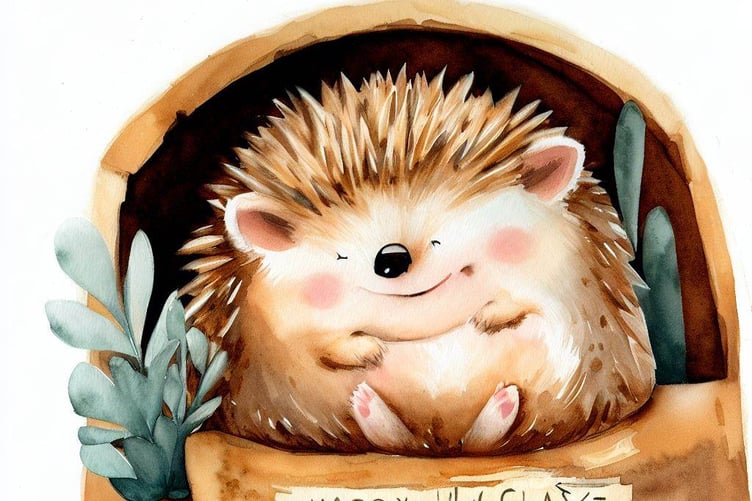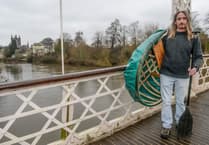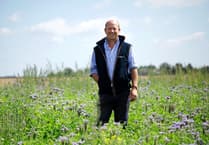There is so much talk about climate change in the news these days. Storms, wildfires, oil licences. The focus seems to be on large scale action by governments and corporations who maybe should be doing more to meet net zero and halt biodiversity loss. But what can ordinary people do, like you and me?
If you have a bit of garden or even if you don’t there are some simple things that you could have a go at to make room for wildlife and feel the benefits.
By gardening for wildlife, you’ll be rewarded by a natural outdoor space, where you can enjoy the plants, animals and birds that make their homes there.
Basically wildlife needs food, water, shelter and a place to breed. By providing these things you will bring your garden to life. These can be provided by trees, deadwood, a water source and a variety of planting. Any of these features will encourage wildlife in your garden.
Here is a range of suggestions which I’ll be elaborating on in future articles.
Firstly resist the urge to tidy up this autumn. Seed heads left uncut will be enjoyed by birds. Plant stems are a great place for creepy crawlies to shelter. Perennials left to stand will help overwintering insects such as ladybirds.
Leave those cracks and crevices alone. Many plants grow on walls and many insects such as spiders and solitary bees like nooks and crannies.
A pile of logs in a shady corner will feed beetle larvae and shelter animals such as frogs, toads and slow worms. Hedgehogs often hibernate in wood piles. If you are having a bonfire check for sleeping hedgehogs first.
Provide nuts, seeds and fat balls in feeders, trays and on the ground. Insect eaters will appreciate mealworms sprinkled on the ground or in fat. Move feeding places from time to time to guard against predators.
Even the smallest of ‘ponds’ is valuable, old sinks and buckets can teem with wildlife and in winter provide a stopping off point for animals and birds.
Make, or leave a hole in your fence to allow wildlife such as hedgehogs to move from garden to garden. These creatures are known to travel up to 3 km per night in search of food and you could provide them with a wildlife corridor.
Hedgehogs, sparrows, song thrushes and stag beetles are all declining species in the UK. If we manage our gardens for wildlife, these creatures and many more will feel the benefits. So give it a go and watch as wildlife brings colour, movement and beauty to your garden.
The Herefordshire Wildlife Trust in Ross on Wye is planning to run a series of workshops to take residents through a range of practical projects to build more wild areas in our gardens. It’s called “Wild about Gardens” and I’ll be telling you more about it in another edition. You can find the full range of HWT events at herefordshirewt.org/events.
Andrew De La Haye





Comments
This article has no comments yet. Be the first to leave a comment.